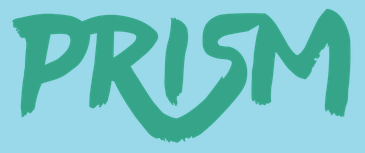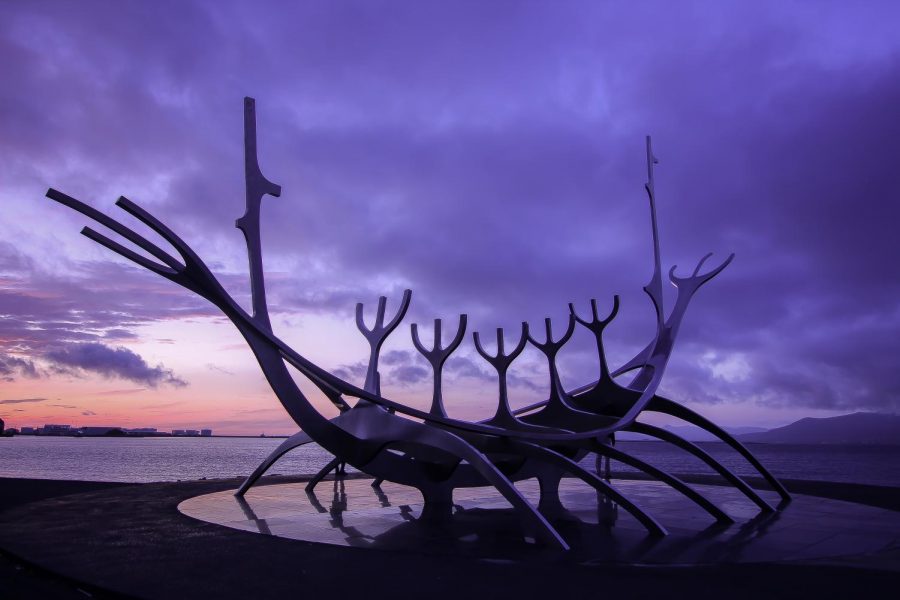Art. Displacement. Community.
June 4, 2020
Prism Arts and Literary Journal made a big shift this year, from three magazines per year to just one. And the fruit of that shift, volume 140 of Prism, Displacement, was released as planned on May 11, 2020.
Well, mostly as planned. Displacement is currently available on Prism’s website as a downloadable PDF. But the monument of its existence is nevertheless exciting. And for me, the most valuable part of the release of volume 140 was the reminder of the community that makes Prism what it is.
On May 11th and 14th, artists and supporters shared an online video conference call and a web video to celebrate Prism’s release and to present their artwork.
The passion, creativity and love I saw in the artists whose work makes up Displacement was inspiring in a way I have trouble putting into words. This outpouring of support was a reminder that our community is filled with talented and passionate artists who feel compelled to share so boldly and to uplift and appreciate their peers who do the same. It reminded me of community in its purest form.
What is displacement?
Here is what I had to say for displacement in my editor’s note:
“Displacement in all its forms is what volume 140 is about. The feeling of isolation in times of change. The acknowledgment of differences which can feel like blessings or barriers. A journal in a new, unfamiliar configuration. Sometimes, feeling “out of place” can be terrifying. But if we are never out of place, we can never share our differences nor use them to bring us together. Experiencing some- thing new can help us create so much more and better. Sometimes, light must be displaced for us to see the beauty, the rainbow.”
To ponder uninvited displacement is powerful and universal. The displacement we feel when we leave home as young adults, when our normal routine is thrown off by unexpected circumstances, or when we move or transition throughout our lives.
But might it also be important to push ourselves out of place? Might it sometimes be for our own benefit to seek displacement, discomfort and the unfamiliar?
Recently, it has become inescapably relevant that we, as a society and a community, might need to interrogate that very question within ourselves.
To what extent do we want to interact in public and start our “new normal,” versus staying inside to protect ourselves and the most vulnerable parts of society?
To what extent do we want to challenge normalcy in order to facilitate difficult conversations about discrimination and corruption in the institutions we trust?
What issues matter the most to us in our representative politicians, especially in such an impactful election year?
To answer those questions, we must come to a deeper understanding of who we are and who we want to be, both individually and en masse.
What is community?
The artists involved in Prism gave me an immense sense of community when we came together, united by a common passion for art, literature, music and creativity.
More presently, community has been a hot topic everywhere. Across the nation and, increasingly, around the world, conversations have turned to race, and racial tensions relating to law enforcement in particular. For this reason, many activists and laypeople have been joining the conversation in the hopes of building communities and enabling dialogue.
In all cases of finding community, I would like to point back to my discussion of displacement. Sometimes it feels immensely destabilizing to face difficult realities of a community we care about. It can be intimidating to open ourselves up and be our fullest selves. It can be uncomfortable to engage in art, media, or conversations we don’t think we are ready for.
But whether it is with fellow artists, neighbors, family, or the wider global community, this displacement can so often be for the better.
With our art, our stories, our songs and our lives, we all benefit when we share, listen and come together.


